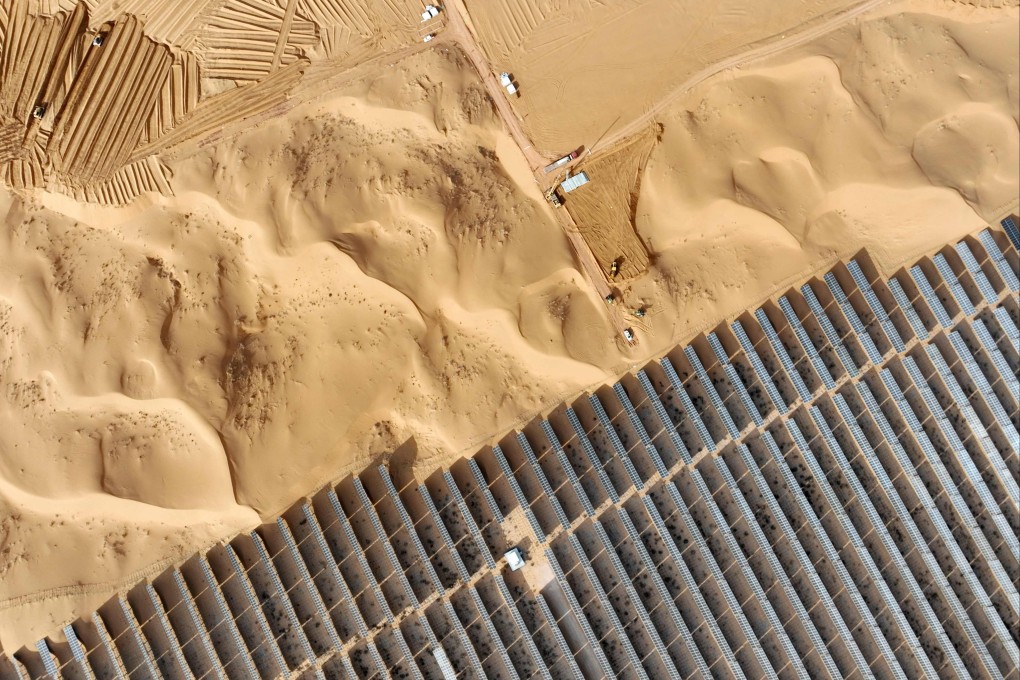Advertisement
Opinion | A bright idea for China: jump-start the economy with solar power push
- Beijing is right not to step in to rescue the ailing property sector, which would only reinflate the real estate bubble
- If it must use stimulus, it should dedicate around 3 per cent of GDP a year to boosting solar energy, which could make the country energy and food independent
Reading Time:4 minutes
Why you can trust SCMP
3

This is likely to be another tough year for China’s economy. The path forward is to focus on productive and competitive economic activities. If stimulus is pursued, it should go into renewable energy like solar, given that technologies are coming together to make near-zero electricity costs possible. Solar singularity – the point at which solar power becomes so cheap it is the default choice for new power generation – seems within reach.
Advertisement
Currently, a deflating property sector continues to weigh on the economy. The stock of property under construction experienced a second year of contraction. However, the adjustment needs to be over 50 per cent from the peak of over 9 billion square metres. It is a relatively slow process that may take a decade to complete. This gives the affected parties time to clamour for policy change, such as quantitative easing, to revive their fortunes.
Since the property bubble began around 2006, the government has repeatedly come to the rescue of the real estate market. But it stood firm last year and is likely to do so again. Faced with the US’ aggressive containment actions, Beijing’s priority is to cap downside risk, not risk everything on reviving the party or starting another.
This year could turn out to be tougher than last year. The boost in domestic tourism greatly helped the economy in 2023. The same won’t happen again. Auto exports are also likely to slow. The unwinding of the electronics inventory could be ending, a positive for exports. In all, though, there are more negative than positive factors that will influence China’s growth in 2024.
There will be huge pressure for more stimulus. Good stimulus can be positive in both the short and long term. In 1998, Premier Zhu Rongji kick-started a national highways programme which boosted the construction and commodity industries. The resulting network integrated the nation’s goods and labour market, realising the potential for scaling up, given China’s size.

Size doesn’t matter, though, if there are many disjointed bits. The national highway system has been key to China’s growth over the past two decades and remains its most important infrastructure. If China is going to implement another major stimulus programme, it has to focus on its productivity potential after the short-term demand boost.

Advertisement
